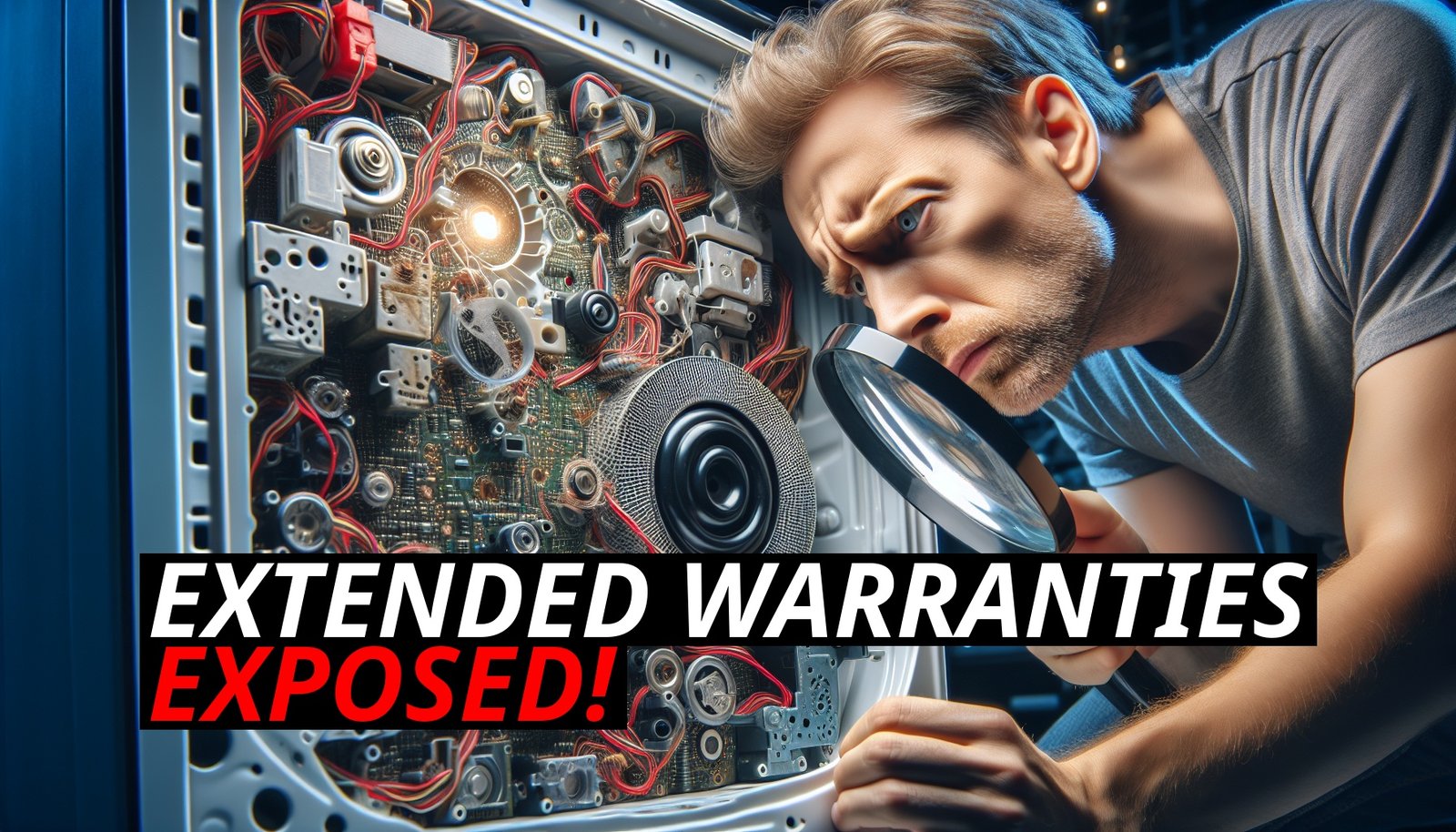You’re at the checkout, about to make a significant purchase—a new laptop, a high-end TV, or perhaps even a car. Just as you’re ready to finalize the deal, the salesperson pitches you an extended warranty, assuring you that it will cover anything that might go wrong. But before you agree, have you ever stopped to consider what that warranty doesn’t cover? You might be surprised to learn that what’s excluded could leave you footing the bill when you thought you were protected.
The Devil In The Details: Common Exclusions
Extended warranties often come with a host of exclusions that limit what’s actually covered. While the salesperson might paint a picture of comprehensive protection, the reality is usually far more restricted. Here are some of the most common exclusions that consumers often overlook:
– Wear and Tear: One of the most significant limitations in many extended warranties is the exclusion of damage due to normal wear and tear. Over time, all products degrade naturally from regular use, but many warranties won’t cover this. So, if your laptop keyboard starts to malfunction after years of typing, don’t expect the warranty to cover it.
– Pre-existing Conditions: Similar to health insurance, many extended warranties won’t cover issues that existed before the warranty was purchased. If you buy a warranty after noticing a problem, you might find that the warranty provider refuses to cover the repair costs, claiming it was a pre-existing issue.
– Accidental Damage: Unless you specifically purchase an accidental damage protection plan, standard extended warranties typically exclude coverage for incidents like drops, spills, or other accidents. This is a significant point of confusion for many consumers, who might assume that their warranty covers everything when, in reality, it doesn’t.
– Environmental Damage: Damage from environmental factors such as water, fire, or electrical surges is often not covered by extended warranties. If your smartphone gets waterlogged or your TV fries during a storm, you could be out of luck unless you’ve purchased additional protection.
The Fine Print: Limits On Coverage And Claims
Even when something is covered by an extended warranty, there can be limits on how much the warranty will pay or how often you can make a claim. Some warranties have a maximum payout, which might be less than the cost of a major repair. Others might limit the number of claims you can make during the warranty period. Here’s what you need to watch out for:
– Claim Limits: Some warranties restrict the number of claims you can make. For example, if your washing machine breaks down multiple times, the warranty might only cover the first repair, leaving you to cover subsequent costs.
– Deductibles: Like insurance, some warranties require you to pay a deductible before the warranty kicks in. This means that for minor repairs, the cost might not be worth filing a claim, as the deductible could be higher than the repair itself.
– Coverage Caps: Certain warranties have caps on how much they will pay out over the life of the warranty. If you reach this cap, you’ll have to cover any additional repair costs out of pocket.
Misleading Coverage: What You Think Is Covered But Isn’T
One of the most frustrating aspects of extended warranties is that they can give consumers a false sense of security. You might believe you’re fully covered, only to find out that the warranty excludes some of the most common and costly repairs. For instance:
– Batteries: Many electronics warranties exclude battery replacements, which can be one of the first components to fail, especially in portable devices like laptops and smartphones.
– Software Issues: If your device starts malfunctioning due to a software problem rather than a hardware issue, don’t expect the warranty to cover it. Many warranties are strictly for hardware malfunctions and exclude software-related repairs.
– Parts Not Originally Installed: If you’ve upgraded your device with third-party parts or accessories, these might not be covered under the warranty. Only parts that were originally installed by the manufacturer are usually covered.
How To Protect Yourself: Reading And Understanding The Fine Print
To avoid the disappointment of discovering that your extended warranty doesn’t cover what you thought it would, it’s essential to read the fine print before purchasing. Here’s what you should do:
– Ask Questions: Before buying, ask the salesperson specific questions about what is and isn’t covered. Get details on exclusions, deductibles, and coverage limits.
– Read the Terms: Take the time to read the warranty’s terms and conditions carefully. Don’t just skim—look for any mention of exclusions or limits that could affect your coverage.
– Consider the Value: Compare the cost of the warranty to the potential cost of repairs. If the exclusions are extensive and the coverage limits low, it might be better to skip the warranty and save for potential repairs instead.
The Bottom Line: Is It Really Worth It?
Extended warranties can provide peace of mind, but only if you know what you’re getting. The reality is that many warranties are riddled with exclusions and limitations that make them less valuable than they appear. By understanding what’s really covered—and what isn’t—you can make a more informed decision and avoid paying for protection that might not protect you when you need it most. Before you buy, take a closer look at the fine print and decide if the warranty is truly worth the cost.













